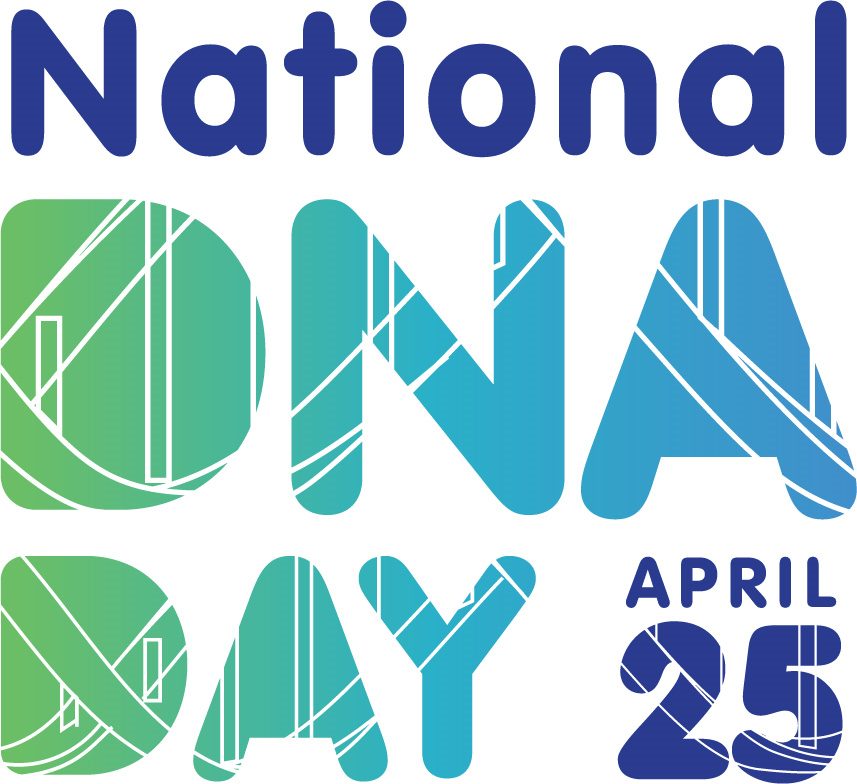Coral is one of the most recognizable beauties of our ocean, with shallow reefs dotting the shorelines of more than 100 countries across the globe. However, threats like pollution and coral harvesting have led to the endangerment of 75% of the world’s coral reefs.
But it is not ALL bad news. Coral reefs can adapt to the changing world and survive, especially with the help of scientists. Conservation scientists and marine biologists are working to find unconventional ways to save coral reefs, like 3-D printing!
 What are coral reefs?
What are coral reefs?
Coral reefs do not just add color to the ocean floor. They are part of the ocean’s ecosystem! Scientists estimate that there may be more than one million undiscovered species of organisms living in and around reefs. About 25% of the ocean’s fish depend on coral reefs for shelter, food, and protection. Most people are familiar with shallow water reefs, but they can also be found more than 10,000 feet (about 3.05 km) below sea level! Like their counterparts closer to the water’s surface, deep-sea reefs create distinctive habitats for organisms.
Why are coral reefs important?
Coral reefs allow thousands of creatures to flourish, including humans. Scientists are working on new drugs made from coral reefs that have the potential to cure several ailments, like cancer and arthritis. They also protect coastlines by acting as a buffer against hurricanes.
With overfishing and climate change, coral reefs have begun decaying. An assessment published in 2020 found that, of 1,800 reefs in 41 countries, only 5% of reefs were able to support biodiversity. Despite these alarming numbers, marine biologists and scientists can work together to restore our coral reefs.
3-D Coral Reefs
ArchiREEF, founded in 2020 by marine biologist David Baker and Ph.D. student Vriko Yu, is 3-D printing terracotta tiles designed to help corals grow and restore ocean life. Baker and Yu decided on terracotta tiles because terracotta is a naturally occurring substance that will not further harm the surrounding environment.
 Baker and Yu began trying to restore the coral off the coast of Hong Kong in 2016. They researched the problems in the area along with studying the actual coral. To help revive the coral reefs, Baker and Yu created a new ‘bottom’ for the corals to grow on. The corals are approximately two feet wide and mimic the shape of Platygyra, known as brain ‘coral.’ As marine biologists, Baker and Yu deduced from research that this shape would provide the optimal chance of success for regrowing corals in this area.
Baker and Yu began trying to restore the coral off the coast of Hong Kong in 2016. They researched the problems in the area along with studying the actual coral. To help revive the coral reefs, Baker and Yu created a new ‘bottom’ for the corals to grow on. The corals are approximately two feet wide and mimic the shape of Platygyra, known as brain ‘coral.’ As marine biologists, Baker and Yu deduced from research that this shape would provide the optimal chance of success for regrowing corals in this area.
Although they look like plants, corals themselves are animals that only behave like plants—the difference is that, unlike plants, corals do not make their food. These 3D-printed tiles can help coral grow in spots that have disappeared entirely and then transplant the new growth onto decaying reefs. Corals do regenerate their health, but it often takes a long time. Marine biologists hope that with this increased assistance, coral reefs will begin to grow back healthier and flourish again.
While marine biologists thought of this innovation, it took an army of STEM professionals to create these tiles successfully. With this specific project, the tiles were a collaboration between the architecture faculty and the school of biological sciences at Hong Kong University. Architects played a vital role in creating these tiles. The architects on the project worked to develop a general structure that would mimic the Platygyra, giving the coral a better chance at regeneration. The architectural team and other scientists printed the tiles using an algorithm to adjust for different environments and organisms like mangroves and oysters, meaning they can adapt this design for coral reefs worldwide.
While this design is still in a trial phase, there is hope that this method will aid in the regeneration of our coral reefs. The Maldives, France, and the Caribbean are also testing 3-D printed tiles for their coral reefs. With STEM professionals working together, there is hope that the coral reefs will flourish again.

Bridget Leahy is the Programs Administrator at the Connecticut Science Center where she assists with educational programming. She has a Masters in History from Clark University.



